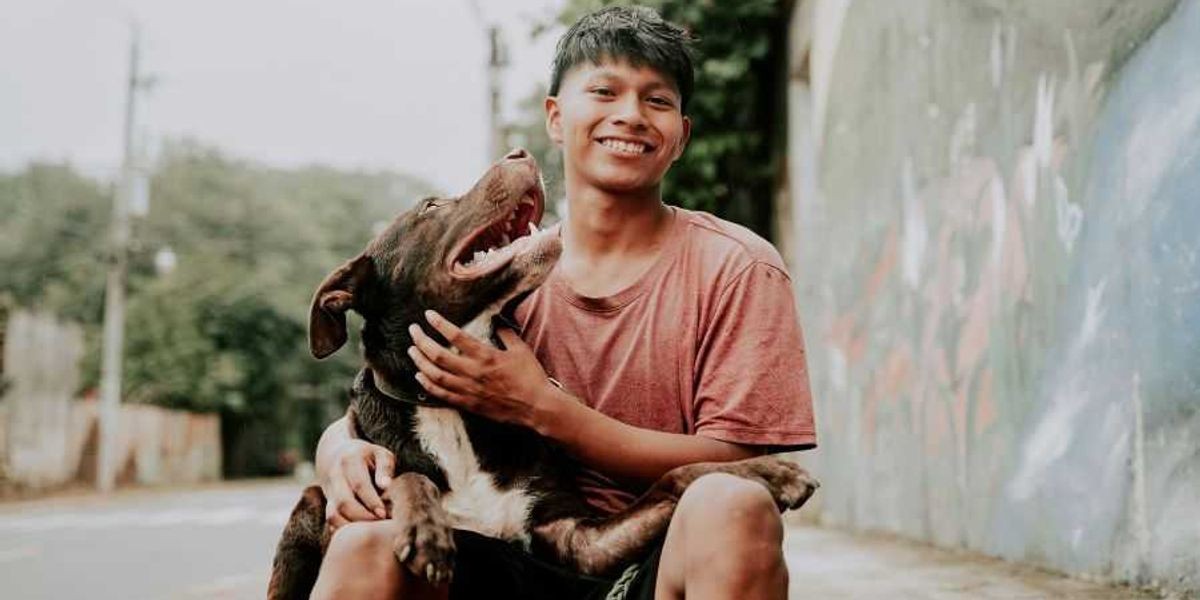Your Dog’s Favorite Person Isn’t Always the One You Live With—and The Reason Will Surprise You
Dogs really do have favorite people, and the choice may surprise you. They decide not simply by who lives with them, but by who gives the most consistent, high‑quality attention. Ear rubs, scratches, and genuine affection create positive experiences that shape lifelong bonds. My sister’s dog, Junior, was one of my favorite dogs while he was here on this side of the Rainbow Bridge. We’d spend the day cuddled up; he’d wag his whole body whenever I appeared. Now my own dog, Cocolina, does something similar when my sister visits. The takeaway: it isn’t always the person with the treats who wins a dog’s heart. A dog may choose someone who isn’t the primary caregiver if that person provides steady affection and connection. For example, a mailperson who offers daily head scratches could become a dog’s favorite if the owner doesn’t offer the same level of affection.

In This Article:
Consistency, Attention, and Affection: How a Dog Chooses a Favorite
What turns a dog toward a person is consistency: high‑quality attention, play, and physical affection. As Carol Erickson, a Pennsylvania SPCA animal advocate, explains, dogs decide their very favorite family member by who provides the most consistent, high‑quality attention, play, and physical affection—ear rubs, scratches, and positive experiences. Dogs form positive associations with people who reliably provide experiences they enjoy, including meals and play. Importantly, early associations during the first six months can influence whom a dog loves later in life.
The Six‑Month Socialization Window Shapes Who They Love
Rover also emphasizes the impact of the early socialization period. Many dogs bond hardest to whoever cares for them during birth to six months. That said, dogs can still be socialized successfully as adults, and many end up loving someone other than their primary caregiver. The dog‑sitting site adds that it isn’t unusual for a dog’s favorite person to be someone other than the main caregiver. What matters is the strength of the emotional connection and the quality of interactions—beyond just treats.
Emotional Connection Trumps Treats: Tone, Trust, and Body Language
Beyond treats, dogs respond to emotional connection, tone of voice, and body language. Their preferences are shaped by familiarity, trust, and how well a person understands their needs. As Elle Vet Sciences notes, dogs also take emotional cues from us. If a person is stressed, loud, or inconsistent, a dog may be less likely to form a deep bond. Conversely, someone who offers reassurance and stability often earns the title of “favorite” without even realizing it. In short, to become your dog’s best friend, show up consistently with affection, actions, and steady training and grooming. It will often matter more than a bag of treats.
How to Become Your Dog’s Favorite
Ready to be your dog’s favorite? Focus on consistency: affectionate moments, reliable routines, and patient training and grooming. Remember: being present and genuinely enjoying your dog’s company—and sharing some treats—will help you win their heart.
